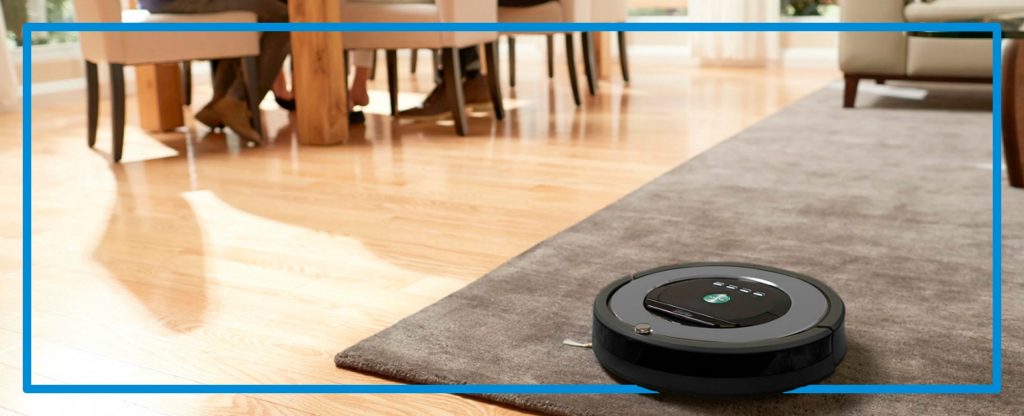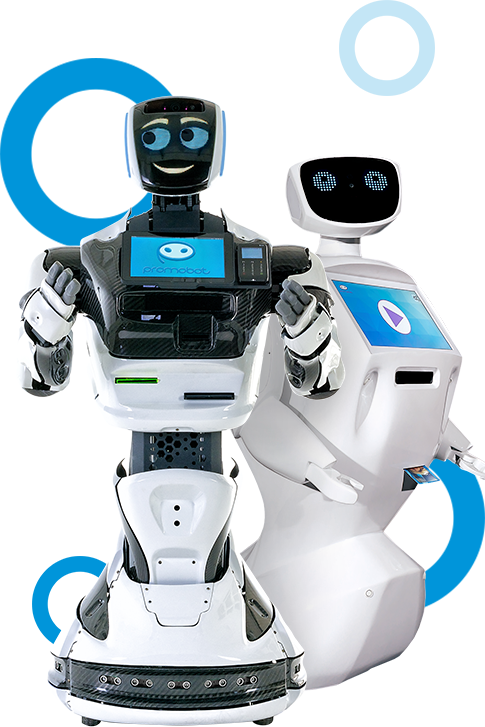In 2021, robots are no longer a topic of the future.

In 2021, robots are no longer a topic of the future. People aren’t impressed by self-driving cars, and Roombas are now blowing old vacuum cleaners out of the water. Robots perform 80% of car manufacturing. But was it exactly the dream of science fiction and futurists?
In most media pieces from the end of the 20th century, be that movies or books, robots have a very distinct anthropomorphic appearance. In layman’s terms, they try to appear human-like. Look no further than replicants from “Blade Runner” (1982), Number 5 from “Short Circuit” (1986), Maria from “Metropolis” (1927), and our personal favorite, the Terminator from James Cameron’s 1984 movie of the same name.

Unlike movies, reality shows, there’s a lot more use for robotics in helping people than trying to destroy it. We have industrial robots (Kuka, Fanuc, ABB), medical robots (da-Vinci, rehab), domestic robots (window cleaners, pool cleaners, Roomba), education robots (lego, Robbo, trick). Of all of these industries, the only robots that need humanoid features in their work are service robots.
Sometimes, that disappoints people. We had decades of media-influenced impressions of robots that are indistinguishable from people. They would walk on two legs, communicate with real people’s precision, and on top of that, serve us tirelessly, following every order from humans, at this point fed up with dirty work. Instead, a huge box with a porthole does our laundry, a box with shelves inside of it does our dishes, and instead of a human-sized robot butler, we have what is pretty much a large puck on wheels riding around our house.

Let’s break it down. To orient in the X, Y, Z axis, wield, and manufacture parts in a production setting, the robots don’t really require emotions or human-like facial features. To clean floors in your apartment, robots should be small, agile, and able to orient properly. You don’t actually need a broom and a bucket to clean floors.
Now, what do we need service robots for? For starters, they can perform different functions related to the service industry: issue line tickets, give out entrance passes or promo coupons, fill out and scan documents, answer questions, help with navigation, etc.
Service robotics is a relatively new industry. According to the International Federation of Robotics (IFR), in 2021, this market will stand at $15.4 bln. Generally, robots in this area should attract attention, answer questions, recognize faces, and perform simple menial tasks. Service robots optimize the workforce and exclude human factors from service.
Three large companies operate in the service robotics industry: SoftBank Robotics from Japan (the company behind Pepper), Qihan from China, and Robo-C Project. All of these robots more their arms, express emotions during a conversation, and have many distinctly ‘human’ features.
But why do we keep making robots look more like humans?
Aside from simple tasks such as consulting, communicating, or printing receipts, one big task of a service robot is to attract a customer. The client’s interest is crucial to determine how effective the robot is.
A robot’s appearance greatly affects how people react to it and how they evaluate their communication experience. In 1978, a Japanese scientist Masahiro Mori conducted research related to humans’ emotional response to robots. The results were good at first: the more robot appears human-like, the better reaction it receives, until a certain point.
Once the robot’s appearance becomes ‘too human,’ for example, when it features human skin and hair, the reaction plummets to negative. This phenomenon is called the Uncanny Valley.
Every single service robotics company uses this graph. Once the line reaches the first peak, people react to the robot positively. This is where people enjoy chatting with the robot: they buy services and complete operations.
There are numerous advantages to it, aside from financial benefits. A person takes a picture of the robot and then posts it on social media, spreading the word about the robot. Local media picks up any news about new technologies, same with bloggers. All of that results in thousands of mentions of the company; it brings traffic, it makes the company that has a robot look technologically advanced. All of that is obtainable through massive ad campaigns, which costs a lot more than purchasing a robot. Robots generate the buzz for free, not to mention their primary functionality that is still there.
There are lots of developers who attempt to overcome the uncanny valley and reach the other side. According to Masahiro Mori, people will react to this robot at least twice as positively when it happens. Several companies in the world try to create such a robot, conceptualizing it as a personal assistant.
Just recently, it became possible to overcome the Valley. Real-Doll started to produce robots under the name Harmony, and they actually appear more to the right side of the valley. People reacted positively, and the company found a lot of profit in Harmony, which is a sex robot. Human desires became a big motivator for a lot of developments in the robotics industry. Humanoid robots are looking to be more popular across other industries, too.
We are now entering the future of robot employees, replacing the usual human-driven workforce across multiple industries. In many ways, people won’t be able to distinguish themselves from robots. This will change the whole perspective of this industry and remove human factors from many things: robots will never get tired, never get sick, never go on vacations or get sick. They will always be in the perfect mood, ready to serve.
Many people are afraid of this new world and even stand against it, and rightfully so. What’s important to remember is that humanity has always chosen the path of making life easier over the course of history. It is only a matter of time when it happens again. After all, traffic lights functions were performed by humans once.


